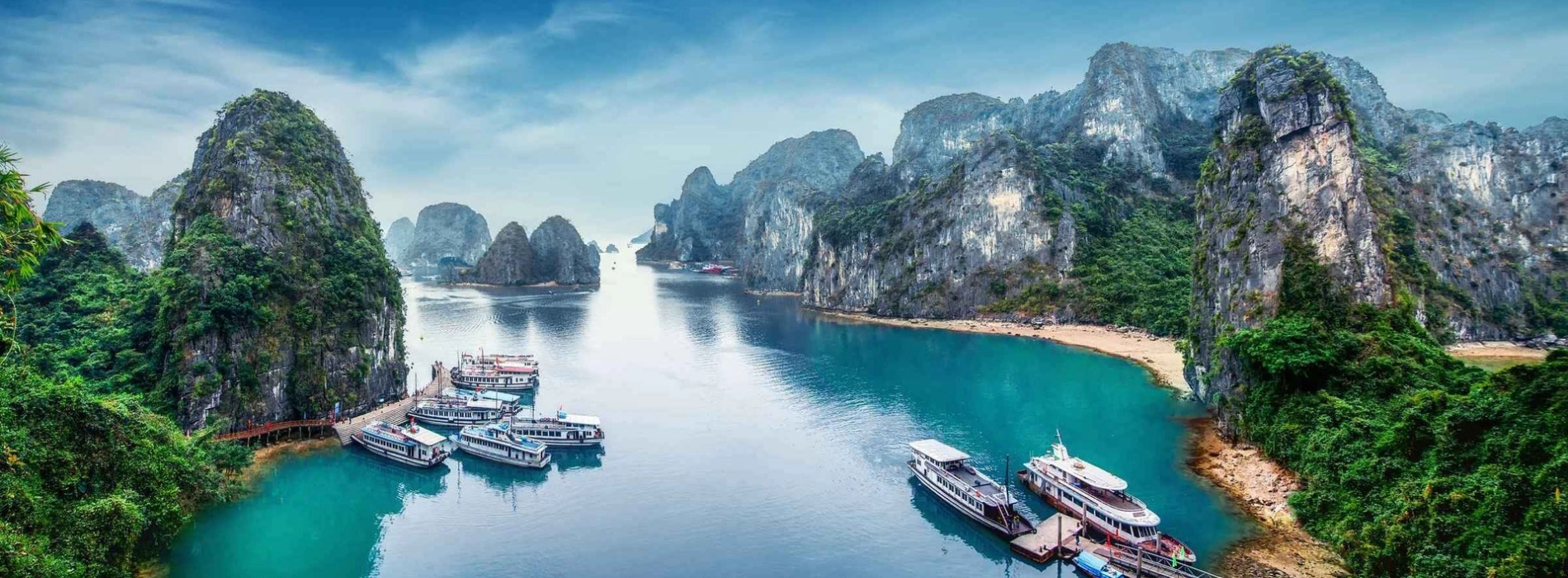
Vietnam has just undergone a major administrative reorganization, merging several provinces and cities. It’s the biggest change in its administrative divisions to date. Some international tourists may be confused if this change affects popular destinations. Will travel planning become more complicated or more convenient? Let’s take a closer look at how the Vietnam province merger may reshape your travel experience.

At 6 a.m. on July 1, 18,000 pagodas across Vietnam simultaneously rang their bells to blessings for the new changes
After a long period of deliberation, the Vietnamese Communist Party has officially decided to merge several provinces and reorganize administrative divisions starting from July 1, 2025. This change has drawn attention not only within the country but also from international media. The move has gained public support, as it is expected to improve geographical and socio-economic conditions in each province while reducing bureaucratic procedures.
From the previous 63 provinces and cities, Vietnam now has only 34. Along with this change, each province or city now has just two levels of administrative divisions: the provincial/city level and the ward level. The intermediate district level has been eliminated.
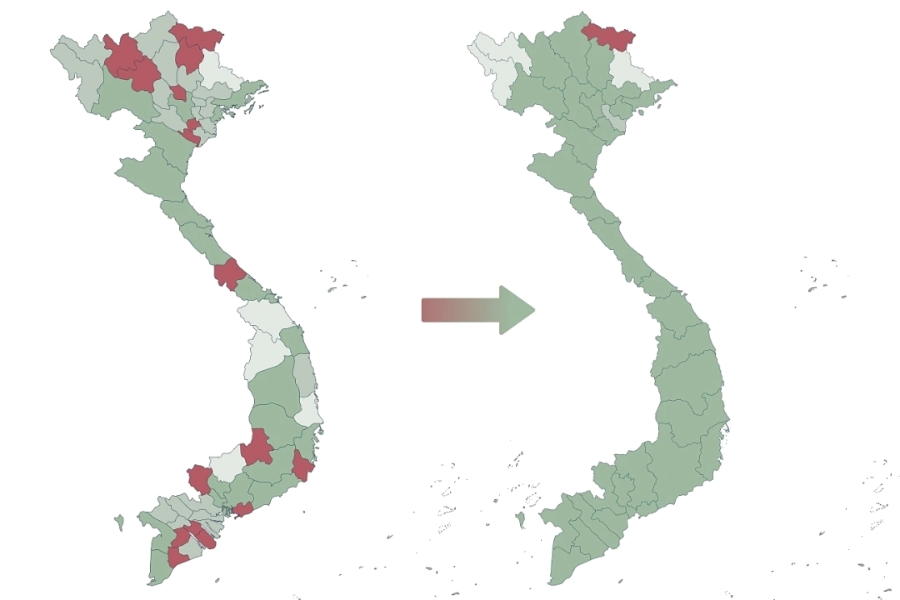
Vietnam Administrative Map 2025. After the merger, 85% of provinces meet the criteria for population and area
In the past, Vietnam was divided into many provinces to ensure that people could easily access administrative offices, especially when long-distance transportation infrastructure was underdeveloped. However, now that transportation systems have been significantly upgraded, travel is no longer a major obstacle.
Having a large number of provinces also placed high demands on economic resources and human capital to maintain the administrative system. Therefore, the mergers aim not only to streamline the government apparatus but also to reduce financial pressure.
According to the Ministry of Home Affairs, this restructuring process is expected to cut nearly 250,000 public sector positions and save around 190.5 trillion VND in salary and administrative costs between 2026 and 2030. Additionally, over 4,200 surplus government office buildings will be prioritized for conversion into schools, hospitals, and cultural or sports facilities to benefit the community.
Suggested for you: Vietnam Tour 16 days: An Amazing Discovery
These provinces already met the required standards in terms of area, population, and economic development. Some northern border provinces were also excluded due to national defense considerations and geographical separation:
In contrast to the provinces mentioned above, these provinces did not meet the required criteria for area and population. They will be merged with one another or into larger cities. The mergers are based on similarities in history, culture, and geography among the provinces:
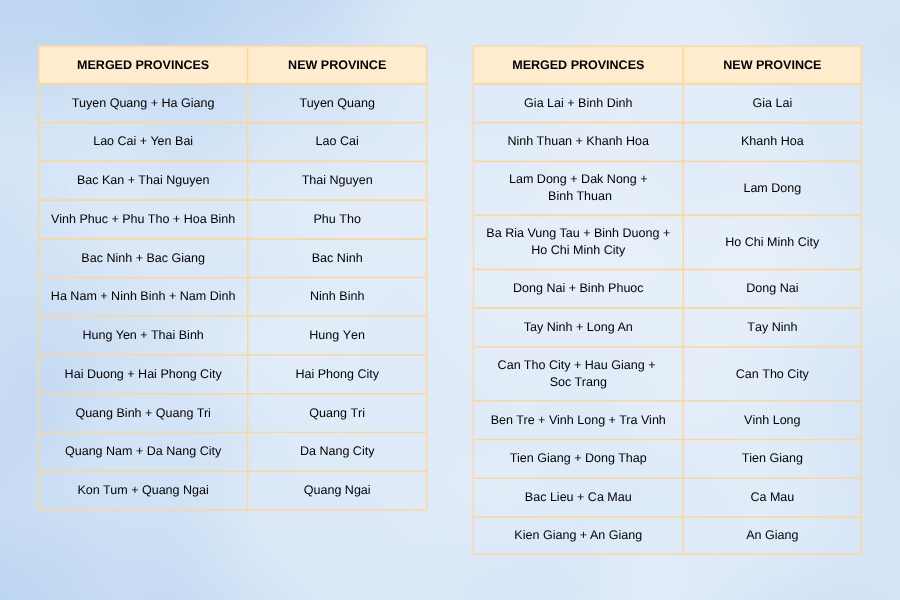
List of provinces that underwent mergers
Several old provinces like Ha Nam Ninh (which includes Ha Nam, Ninh Binh, and Nam Dinh) have been reinstated. People in these provinces are happy as if they’re returning to their old shared homeland.
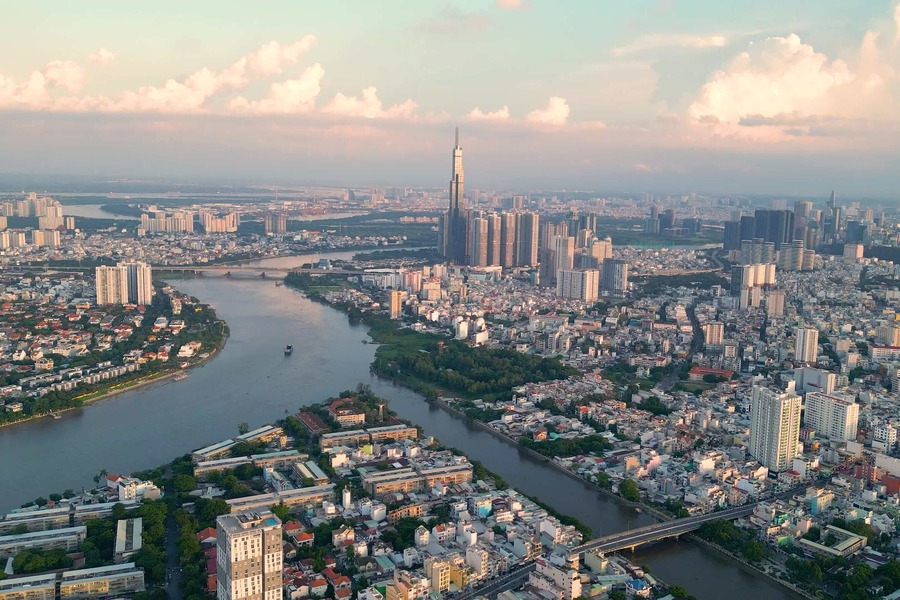
After the merger, Ho Chi Minh City will have an economy far larger in scale than any other city in Vietnam
Changes in provincial names could lead to the renaming of some famous tourist destinations. For example, with the removal of Ha Giang Province, the "Ha Giang Loop" might become the "Tuyen Quang Loop." Da Lat or Sa Pa are now downgraded to wards, which could dilute their iconic images as the "city of flowers" or the "dreamy city" in the hearts of travelers. Phu Quoc Island will fall under An Giang Province, a region more commonly known for spiritual tourism.
But international travelers shouldn't worry too much, Vietnam's tourism sector intends to preserve the names of its most famous destinations. After all, from a traveler's perspective, people don’t visit a place because of its name, but because of the feelings and experiences it offers. In cases where name changes are necessary, it's merely a change in appearance, the "core" that defines the destination's brand will remain intact.
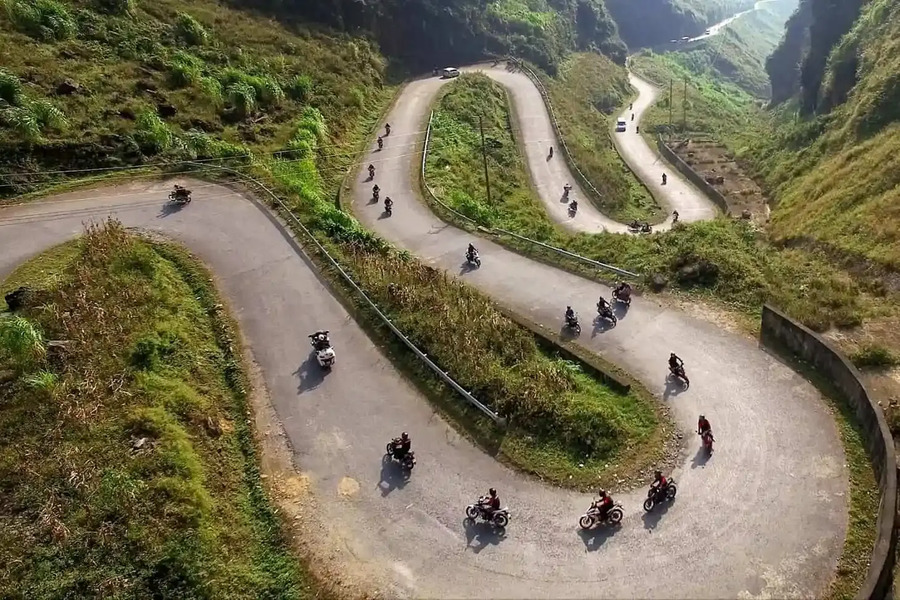
No matter how the names may change, the appeal of Vietnam tourism remains
What travelers know as the “Ha Giang Loop” is essentially about winding roads, rocky plateaus, and rich local culture. No matter what the name changes to, maybe “Ha Giang Loop in Tuyen Quang”, the core experience remains the same. In fact, for those in the travel business, a name like “Ha Giang Loop in Tuyen Quang” could even be a better marketing opportunity, sparking curiosity and offering a sense of something new for visitors.
Suggested for you: Vietnam Tour 16 days: An Active Vacation
Da Nang and Quang Nam have reunited under one roof, promising to become the most attractive tourist destination in Vietnam. This change has drawn even more attention to travel in Vietnam after administrative changes, as visitors look forward to exploring these newly combined strengths.
Da Nang has long been known for having some of the world’s most beautiful beaches, the dreamy Son Tra Peninsula, and its reputation as the most livable city in Vietnam. Don’t forget to mention the entertainment complexes, especially Ba Na Hills with its world-famous Golden Bridge.
On the other hand, Quang Nam attracts visitors with its nostalgic charm and rich cultural heritage. The province is proud to be home to two UNESCO-recognized World Cultural Heritage Sites: Hoi An Ancient Town and My Son Sanctuary. Hoi An is renowned for its well-preserved architecture as a former trading port, while My Son Sanctuary is a cluster of ancient Champa temples that showcase significant historical and artistic value.
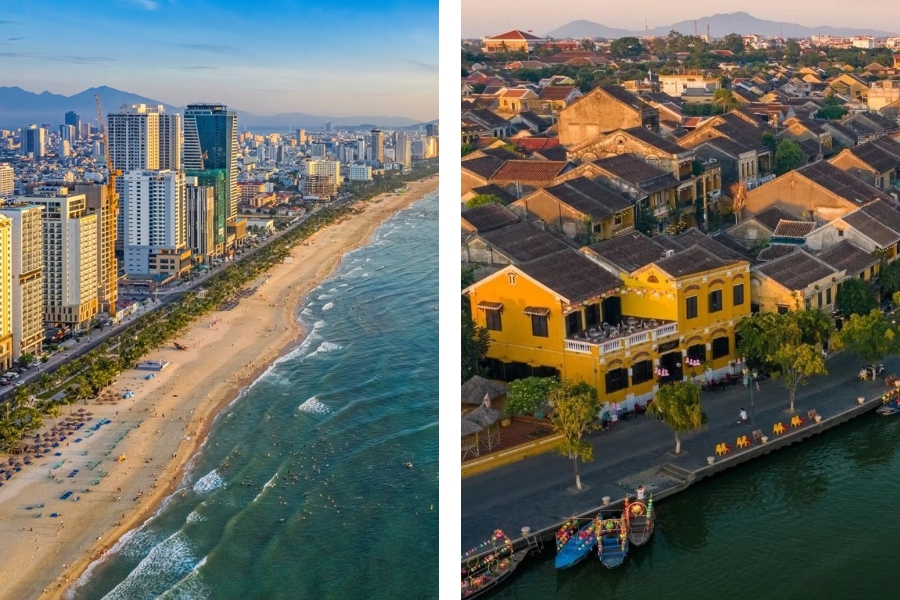
They have perfectly complementary tourism strengths
The province also boasts a range of attractive eco-tourism spots such as Cham Islands and Bay Mau Coconut Forest. Cua Dai Beach has recently seen increased investment in tourism. Last but not least, traditional craft villages offer visitors a deep and authentic local cultural experience.
The differences in tourist attractions between these two localities are a strategic advantage. Da Nang excels in modern urban tourism with large-scale entertainment and infrastructure, while Quang Nam stands out for its cultural, historical, and natural eco-tourism. Rather than competing, the two complement each other to offer visitors a well-rounded and unforgettable travel experience.
The new "big boy" of Vietnam is expected to become a major tourism hotspot when combining highland and sea tourism. This merger creates a seamless travel corridor, linking the highlands of Lam Dong and Dak Nong with the sun-kissed coast of Binh Thuan.
For example, a travel itinerary could begin with the romantic charm of Da Lat, continue with the majestic beauty of Dak Nong's waterfalls, and end with exciting water sports activities in Mui Ne, a perfect showcase for the diverse offerings expected from Vietnam tourism 2025.
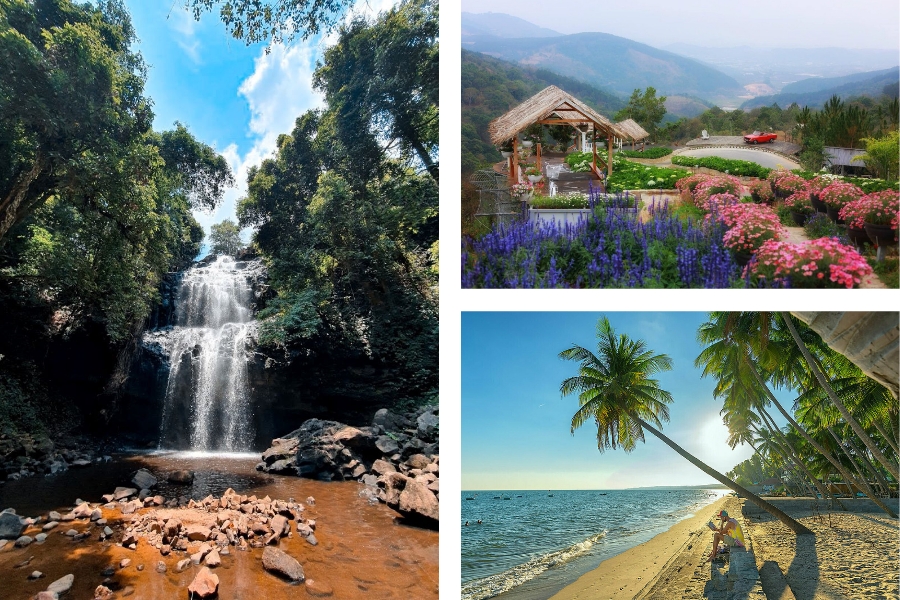
Lam Dong's natural beauty stretches from the highlands to the sea
One of the key development directions is to promote wellness tourism and healing retreats. With the cool, fresh climate of the Lam Dong and Dak Nong highlands, combined with the peaceful coastal atmosphere of Binh Thuan, the newly formed province holds great potential for services such as yoga, detox programs, traditional therapeutic spas, and wellness-focused getaways.
Quang Binh Province tends to offer more diverse travel experiences compared to the former Quang Tri, but history gives Quang Tri plenty to reflect on. Quang Binh is globally renowned as the "kingdom of caves," with Phong Nha – Ke Bang National Park and the world-famous Son Doong Cave at the heart of this form of tourism. In addition to its cave systems, the province also has a long coastline dotted with pristine beaches.
After becoming a "meat grinder" during the Vietnam War, Quang Tri is now visited by travelers seeking to reflect on its historical sites. The province has launched educational, remembrance, and peace tourism programs, attracting war veterans and international visitors interested in learning about Vietnam’s history.
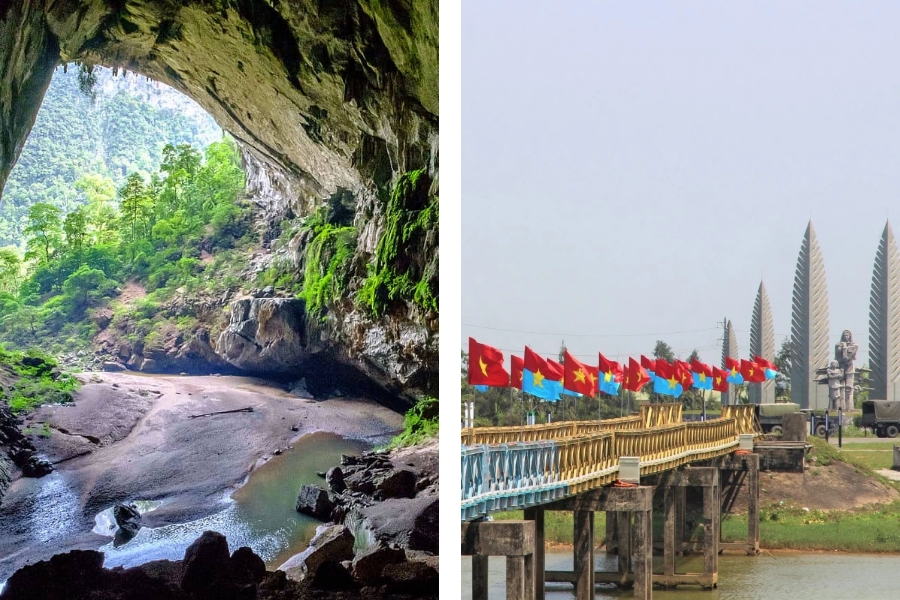
The natural beauty of Quang Binh and the historical sites of Quang Tri promise to create an exciting combination
After the merger, instead of focusing on just one signature type of tourism, the newly formed province can now offer a full range of experiences: "from sea and forest to caves, history, and spirituality". This not only increases visitor stay duration and spending, but also creates an iconic tourism product for the North Central region, positioning the new province as an “all-in-one” destination.
You should also check the updated Vietnam travel map before planning their itineraries, especially if they’re heading to regions affected by recent provincial mergers. With several provinces now combined or renamed, understanding the new boundaries can help avoid confusion and ensure smoother travel planning.
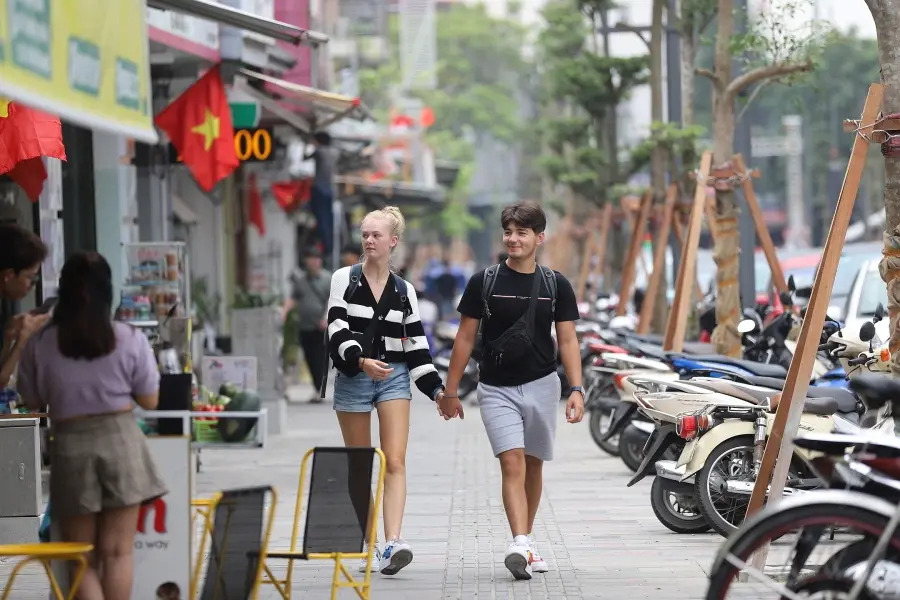
Many hidden gems in lesser-known provinces will be discovered
Along with Vietnam’s administrative changes, as a travel company based in Vietnam offering tours across the country, Asia King Travel needs to keep our precious customers updated with the latest developments.
Soon, we will update the newly merged provinces and cities in Vietnam's Attractions. Tourist sites that previously belonged to the former provinces will also be reorganized under their respective new provinces.
For now, we will continue to publish articles and blog posts using the old province names so that the transition doesn’t feel too sudden. The changes will be rolled out gradually, step by step. Reorganizing everything on our website will also take time to complete. But as mentioned above, it’s just a change in names; the incredible experiences waiting for you in Vietnam will still be there (and maybe even better!)
Vietnam province merger is a major but necessary change for the country to achieve new milestones in the future. As for travelers like you, remembering the names of certain destinations might become a bit easier, but it's not really essential. Your job is simply to come and enjoy. Get in touch with Asia King Travel to explore a new Vietnam filled with timeless charm!
Suggested for you: Vietnam Tour 13 days: High-end Trip